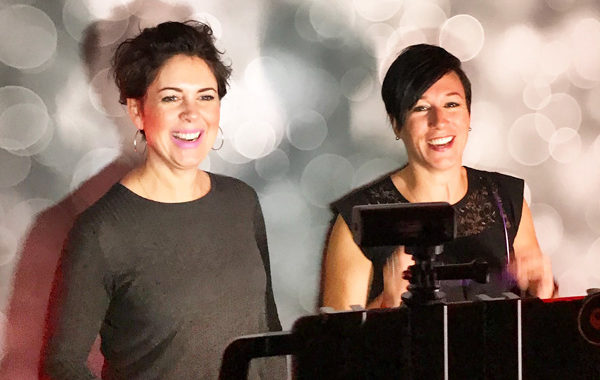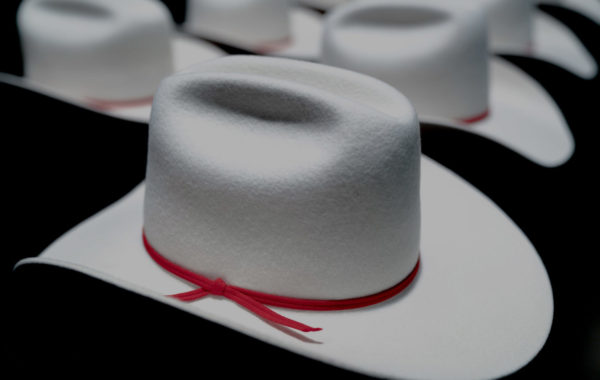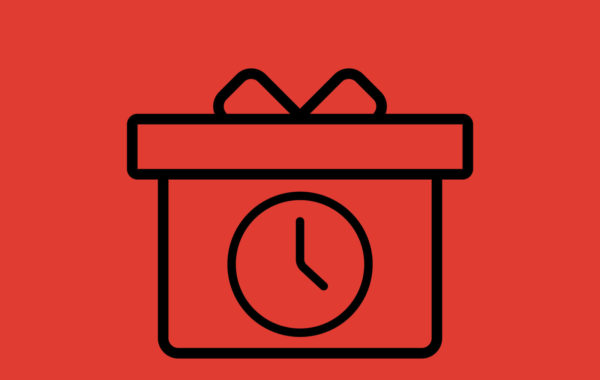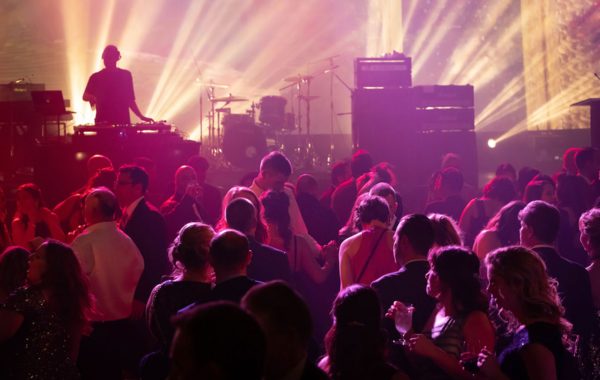There was a time, back when we were all still COVID-naive, when a lot of us thought that one day in the not-so-distant future, our health officials and elected leaders would stand in front of us and proudly announce that everything was reopening and life as we knew it was back. Bells would ring, confetti would fly, people would dance in the streets and party until sunrise with utter disregard for physical distancing. And then we’d go back to “normal.”
Let’s all take a moment to sympathetically laugh at past us.
Our wiser (slightly more jaded) present-day selves know that the process of reopening, and in particular of getting event profs back to work, is going to be a lot more gradual than that. The learning curve will be continuous as we adapt around this virus and figure out how to create safe live experiences that are just as functional, engaging, memorable, and fulfilling as our pre-pandemic events were, while of course keeping the safety of guests, staff, and our larger community very much in focus.
So since the celebratory, pandemic-is-over champagne won’t be flowing down our streets anytime soon, let’s talk about some more realistic ways to ease back to work.
Where Do I Start? (There’s a Guide for That.)
If you haven’t done so already, we’d highly recommend going through the Event Safety Alliance Reopening Guide. This is a super helpful and extremely robust resource to read and reference back to as you set yourself up to get back to work safely. Rather than defining hard and fast “rules”, the writers set out to empower you to ask the right questions and find the right approach for your unique event. The Guide aims to “provide enough information so each user can make reasonable choices under their own circumstances.”
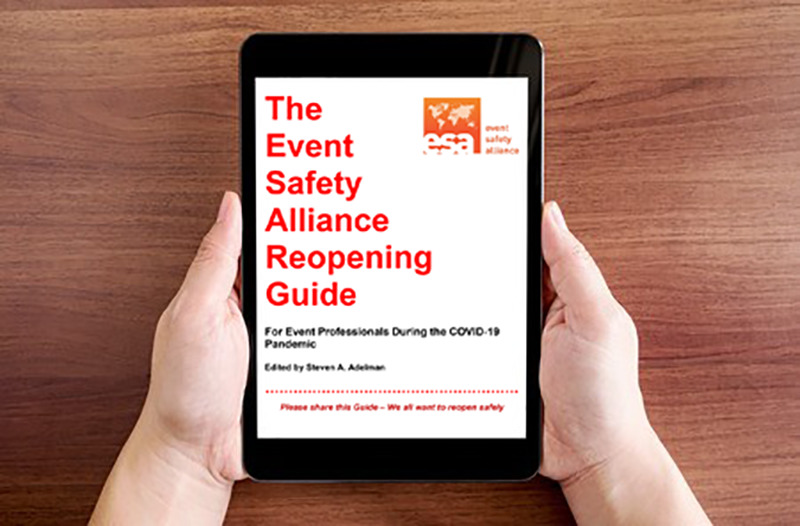
The Guide follows the natural process of planning an event, looking closely at each step to highlight health and safety risks, and potential ways of mitigating those risks. There’s an intentional emphasis on things you can do vs things you can buy, out of respect for reduced budgets and the obvious financial strain venues and other industry professionals are already under, and the focus is on smaller local events over larger events and tours for now (there are plans in the works for a second guide to cover these). Our team has been impressed with the scalable insights, tools, and questions that can be employed for a variety of events.
Along with the Reopening Guide, download our Onsite Hazard Assessment form – freshly updated to account for COVID-19 concerns – to get a leg up on getting started.
How Do I Reassure My Team, My Bosses, or My Guests? (It’s a Team Effort.)
COVID may have disrupted much of what we know about events, but event profs are by necessity incredibly adept at adjusting for unexpected challenges. (Who among us has ever once seen an event through from start to finish without at least one major unexpected challenge?) That said, a pandemic is certainly above and beyond what we normally deal with, and while we’re up to the task, we’ll need to take some major steps to ensure our own safety, and to reassure others that they’ll be safe as well.
1. Familiarize yourself with good resources. Professional associations like ILEA, new responses like ARISE Event Collective, and local governments or health authorities are working hard to provide event profs with as much information about this evolving situation as possible. Understanding the restrictions and challenges your project is facing is always a smart first step in the process. The Event Safety Alliance recommends that you always “start with your jurisdiction first” – in other words, don’t get caught up in the overwhelming flood of information, but rather focus on what’s relevant to your province or even your city. Not only will being in-the-know and up-to-date on your area’s current status and restrictions help you as you plan, it will also help you to articulately and reassuringly speak to the concerns of everyone involved in your event.
2. Work with experienced partners who have credentials in health and safety. Another way to offer reassurance is to point to the high level of expertise and experience that your vendors and collaborators are bringing to the table. As a COR Certified company, we were creating detailed Health and Safety Plans and doing Onsite Hazard Assessments long before anyone had heard of COVID-19, and that culture of safety has made it a little easier to adjust to the added risks, regulations, and restrictions in place now. Choose your partners and vendors carefully, then rely on them to give you the tools and talking points you need.
How Do I Balance Safety and Experience? (It’s Actually a Balance of Familiarity and Disruption.)
When it comes to event design, “wow-factor” is usually what gets noticed and talked about most, but here’s the thing: without the right balance of disruption and familiarity, those big, innovative ideas often fall flat. Good design is actually about finding that balance.
Choosing the right times to surprise people and the right times to make people feel at ease is always part of our creative process, but during this crisis, things have changed. COVID has naturally disrupted so much of what we find familiar, and made it necessary to look at both familiarity and disruption from very different perspectives. Here are a few ways to consider this balance in our current circumstances:
1. Look for ways to innovate from disruption. New restrictions and regulations are examples of disruptions created by COVID-19 that we all have to accept and work with. But if you approach these disruptions with an innovative mindset, you might be able to re-interpret these restrictions to actually make a positive impact that goes beyond the practical reasons. For example, meet the challenge of physical distancing requirements and group size limitations by seating small groups of guests outdoors in stylized, sanitized greenhouses. Everyone will be safe, all requirements will be met, but you’ll also be creating a really unexpected and memorable experience (in a good way).
It’s equally important to understand when something is no longer a good fit. Rather than trying to enforce physical distancing on a dance floor, a more innovative approach might be to rethink the evening’s entertainment altogether. Switching from a live band to live painters setup throughout the space may be the better choice for guest experience. Be aware of your disruptions, consult your collaborators, and figure out how you can innovate effectively for your unique challenges.
2. Find some familiarity by asking, “Where have I seen this before?” Creating familiarity within the necessary changes to your event will help make guests feel more comfortable. As you look to redesign to accommodate our new realities, ask yourself, “Where have I seen this before?”For example, when deciding on how to approach your screening process during registration, thinking back to your experiences at an airport or hospital may allow you to incorporate simple nuances that most of us are familiar with. Doing that will reduce confusion and put your guests more at ease.
For example, when deciding on how to approach your screening process during registration, thinking back to your experiences at an airport or hospital may allow you to incorporate simple nuances that most of us are familiar with. Doing that will reduce confusion and put your guests more at ease.
Whether with simple signage or sophisticated technology, knowing when to be surprising and when to be familiar is going to be more crucial than ever in designing successful live events moving forward.
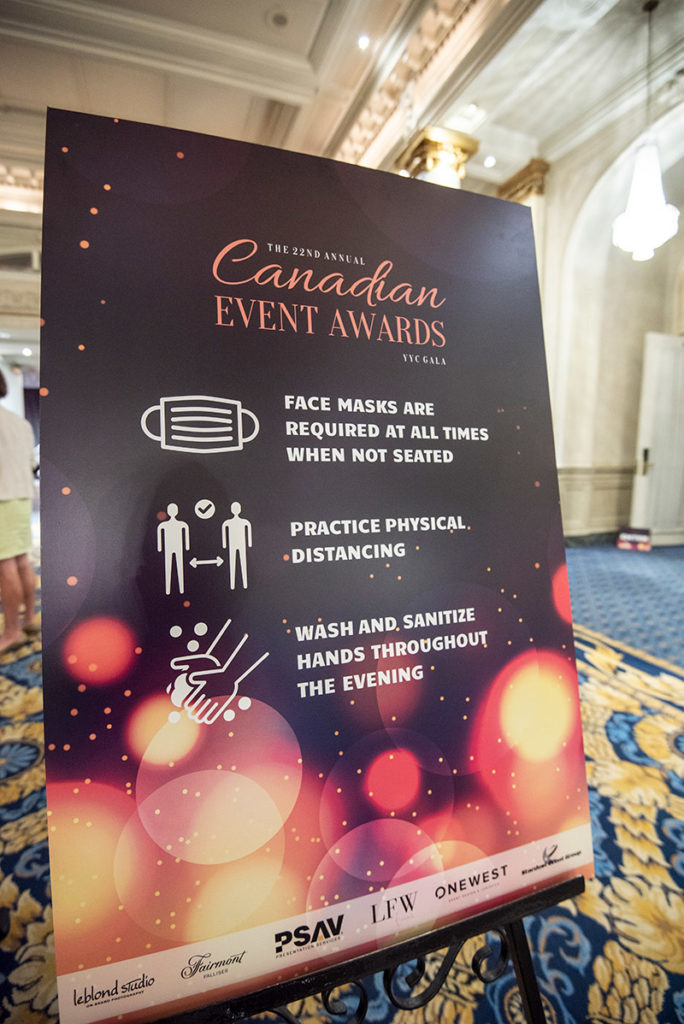
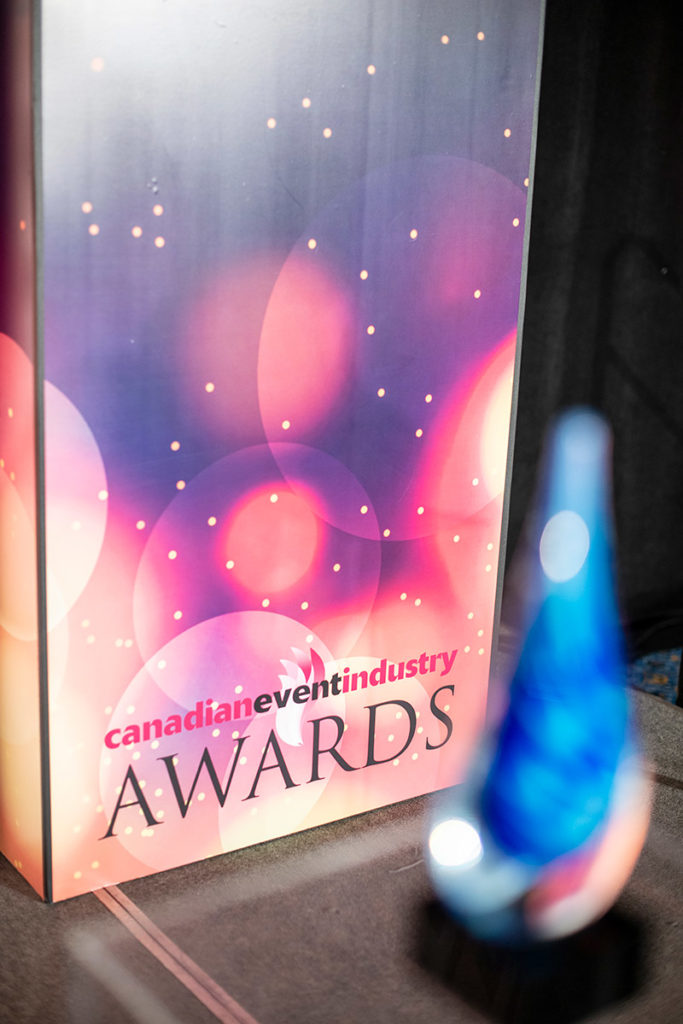
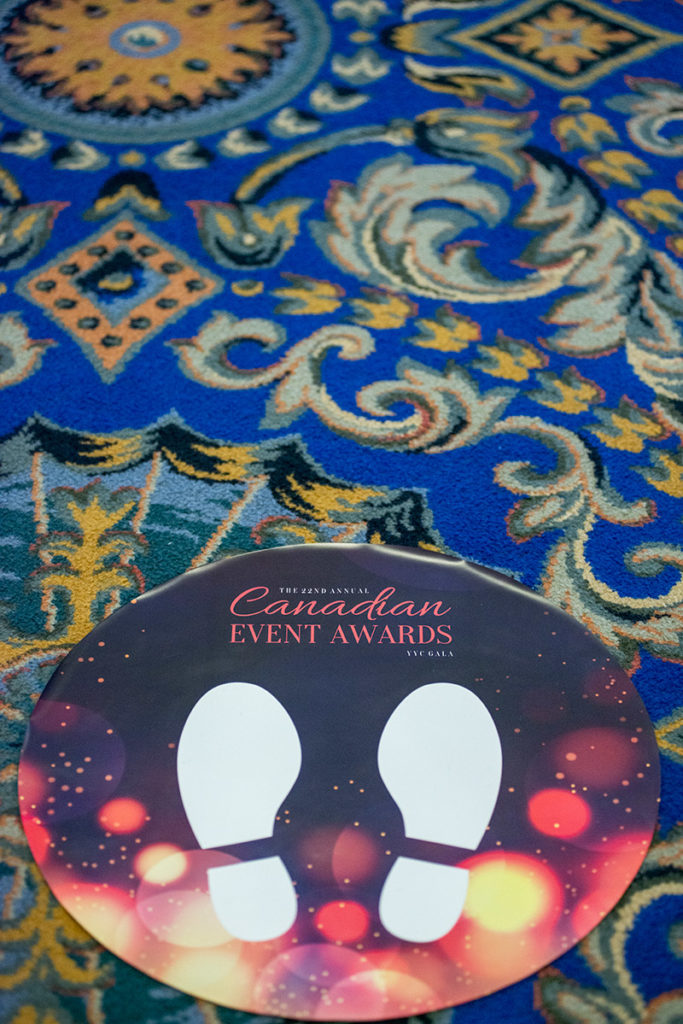
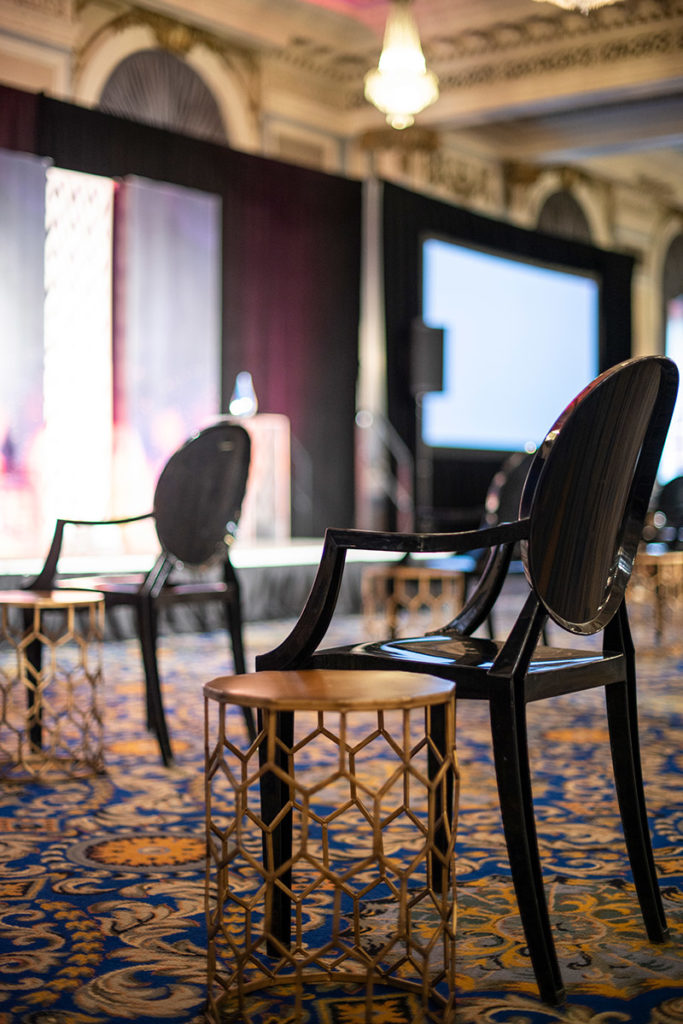
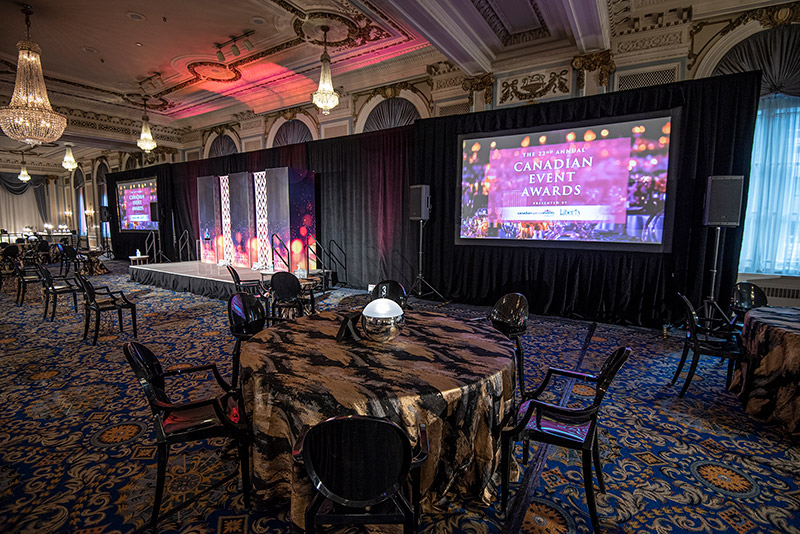
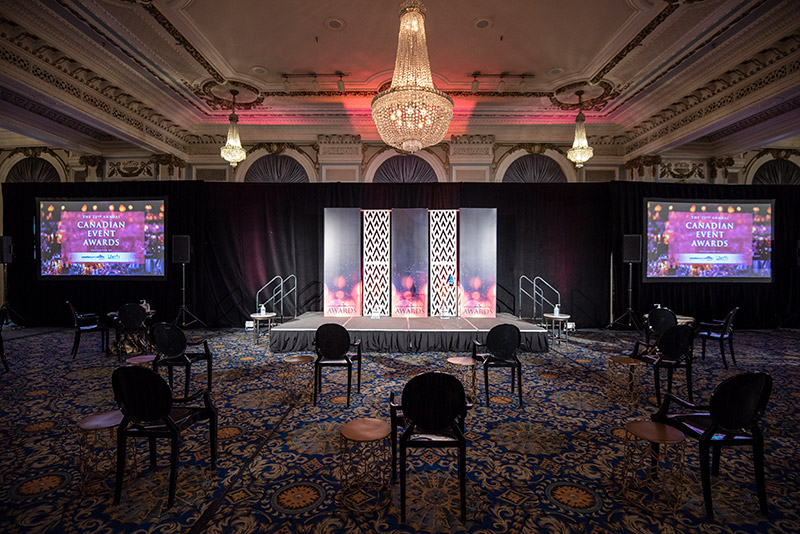
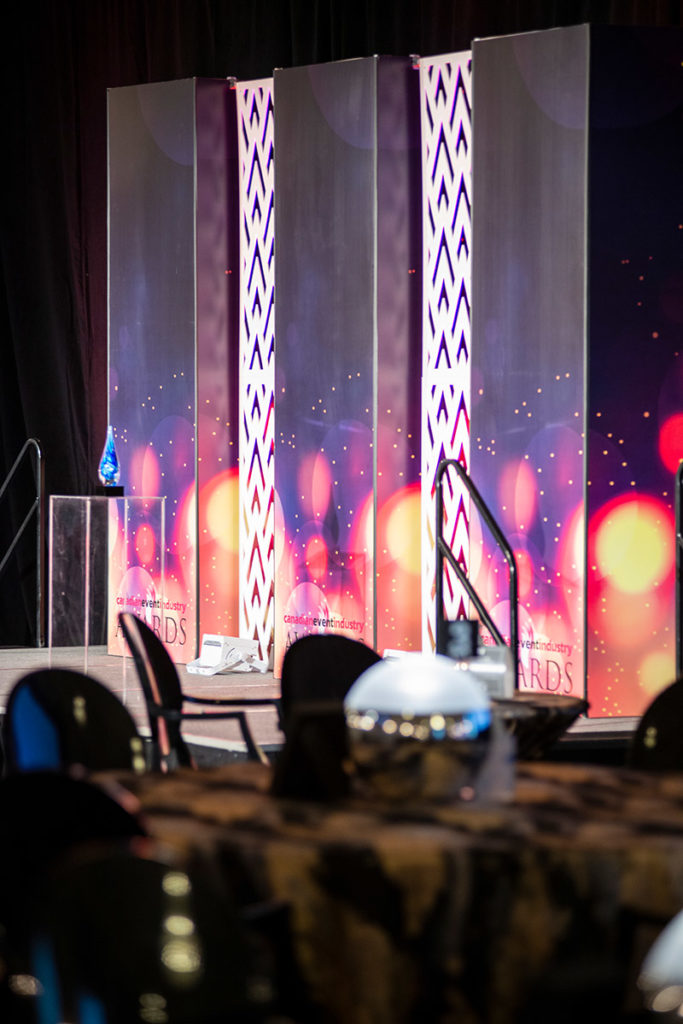
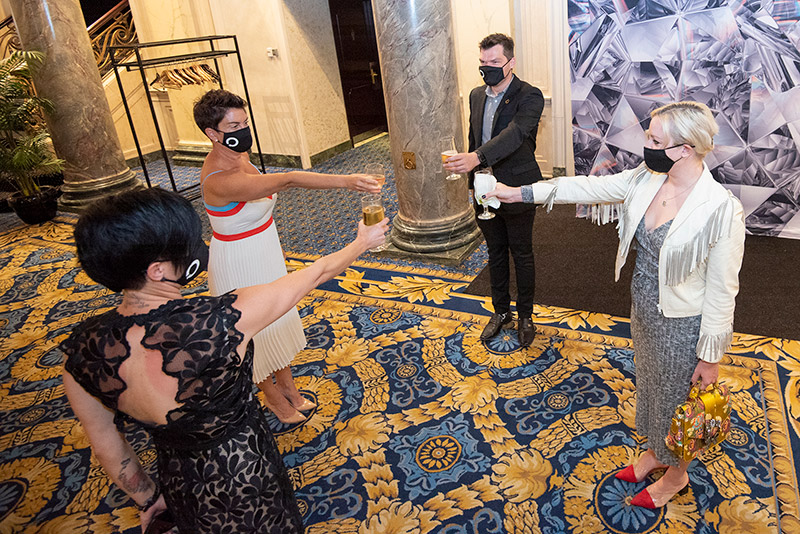
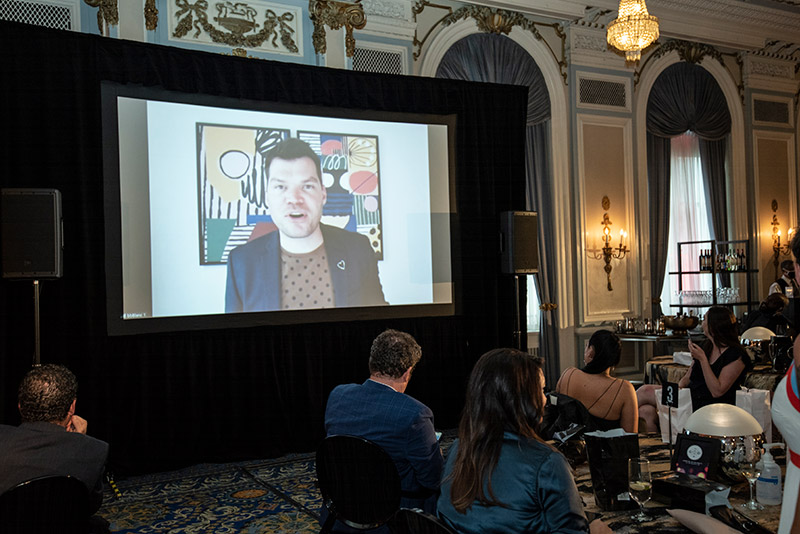
What Does Getting Back to Work Look Like For You? (We’re Here to Help.)
As always, what we’re most interested in is conversation and different perspectives around this topic. What are your experiences with easing back to work? What tips or tools do you have that the rest of our community could benefit from? Share them on Facebook or Instagram.
Have an important event that you’re struggling to know how to address in the midst of the pandemic? Let’s put our heads together (figuratively, of course) – reach out here.
Photos by Leblond Studio.

